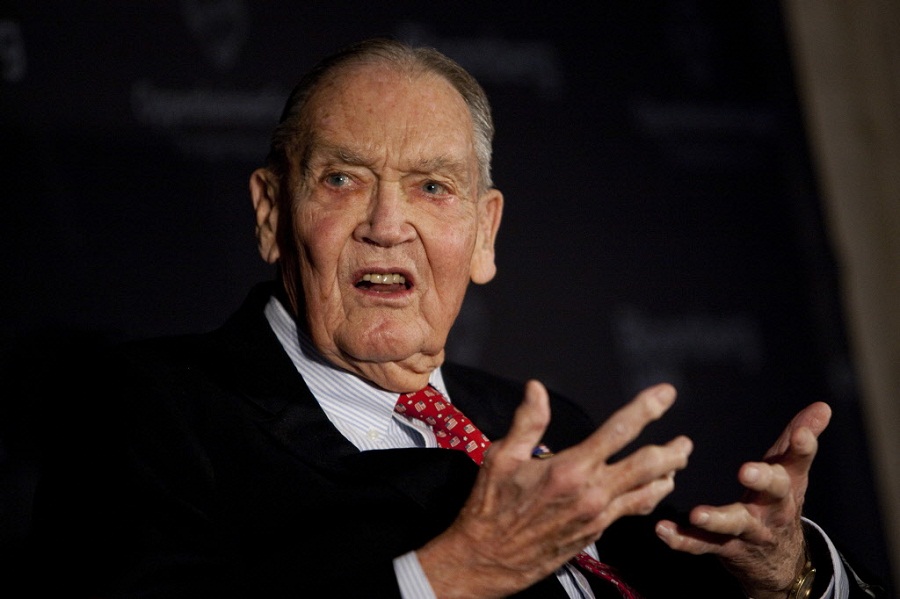"The idea of index fund investing is kind of taking over the world," Vanguard Group founder Jack Bogle said in a recent company webcast.
He's kind of right. The five largest funds in the world are all passively managed, and four of them, with close to $1 trillion in combined assets, are managed by Vanguard. The company, famous for its low-cost offerings, is expanding internationally, and nearly one of every 10 dollars of its $3.5 trillion in assets comes from outside the U.S.
In the U.S., Vanguard has taken in about $1 billion a day over the past 18 months, and almost one of every two dollars invested in a mutual fund or exchange-traded fund over the past three years went into a Vanguard product, spokesman John Woerth said.
Now the competition is intensifying. On June 28,
Fidelity Investments cut fees for 27 of its index funds and ETFs to get more of the money that's flowing into passive strategies.
If Vanguard were a publicly traded stock, investors would be clamoring to buy it. But, as the company website puts it, "Vanguard is built differently. You own the funds. The funds own Vanguard, which makes you a client-owner."
Vanguard's Partnership Plan, a profit-sharing program to reward employees, is a "dividend," or bonus, based largely on the total cost savings the company provides investors. Average expense ratios on Vanguard funds are compared with average ratios on rival funds, and the difference is multiplied by total assets under management. The dividend has compounded far faster since the plan was launched — 54 times — than the 24 times for a share of an S&P 500 index fund, noted Daniel Wiener, editor of the Independent Adviser for Vanguard Investors newsletter.
Mr. Woerth said that since Vanguard is a mutual company and has no stock, comparing it to the broad market doesn't make sense. Partnership Plan earnings are based on "relative fund performance, fund cost efficiency, and business results over a three-year period," he said. "The payout for crew members [Vanguard's term for rank-and-file workers] is based on level and tenure." Mr. Woerth declined to say what the payout formula was for senior executives.
What the plan numbers do show: You can make good money by providing low-cost options for investors.







